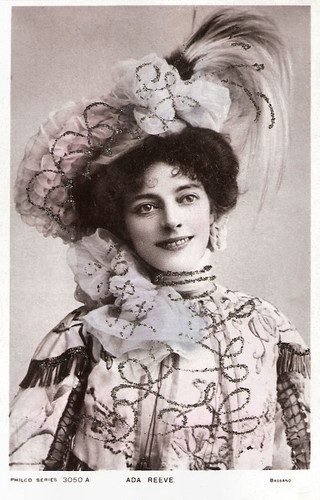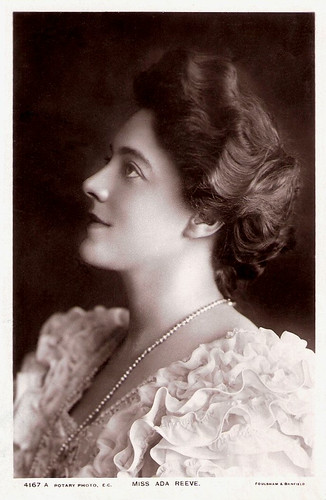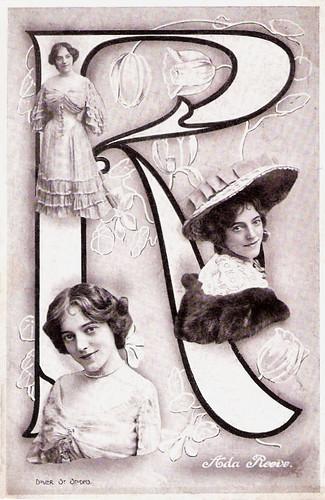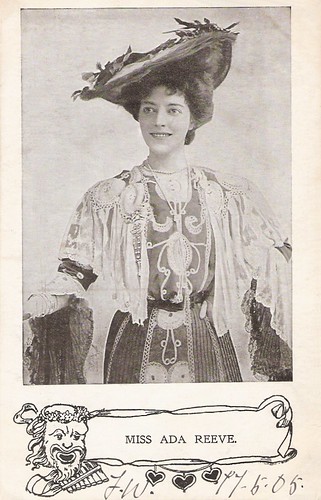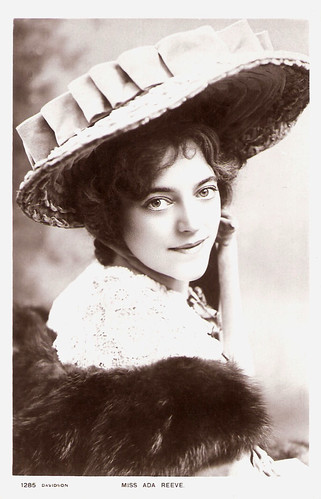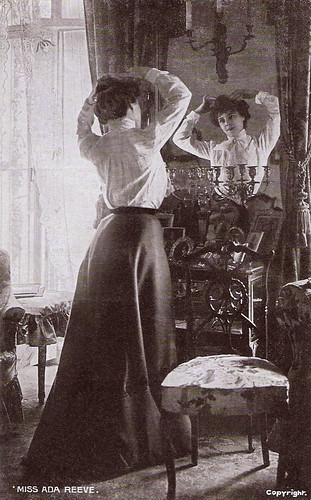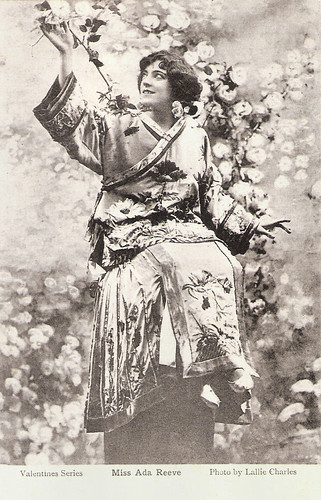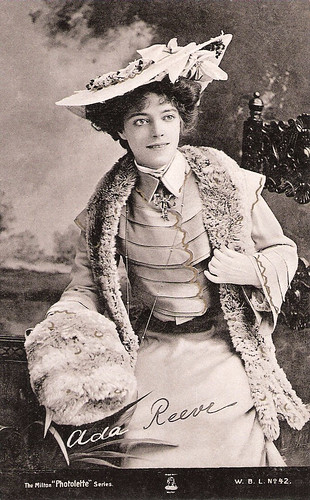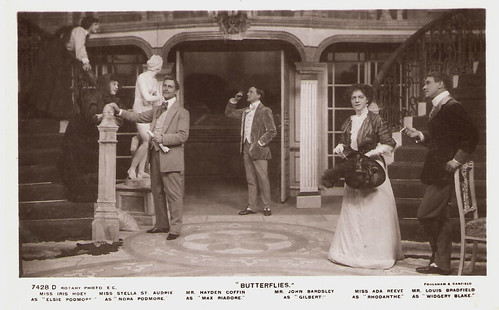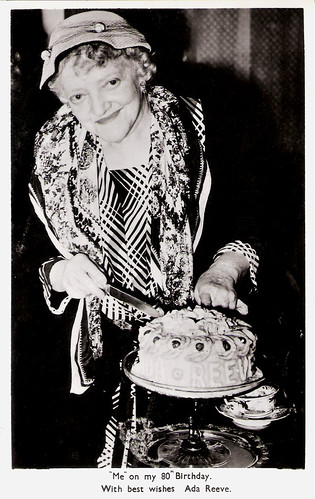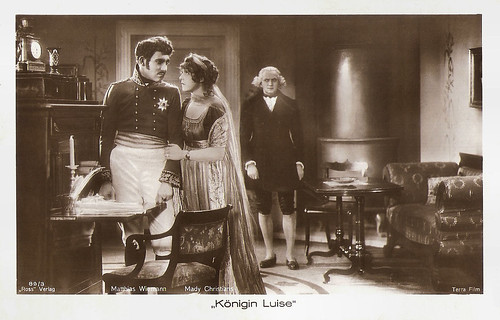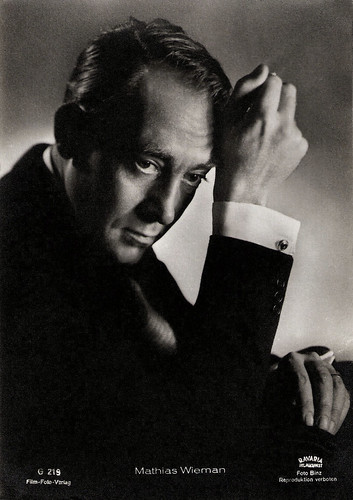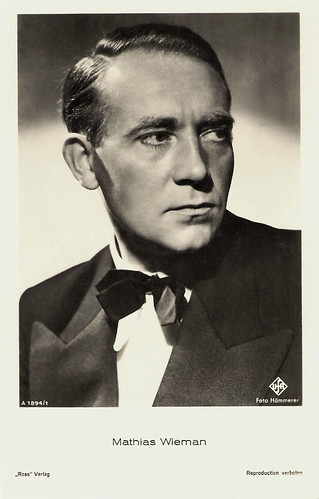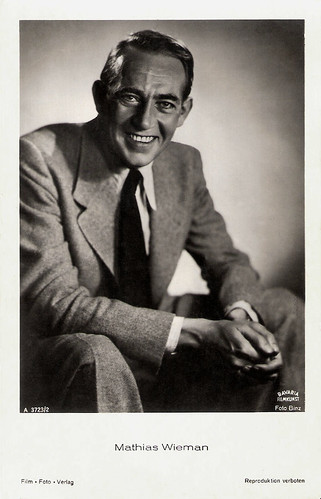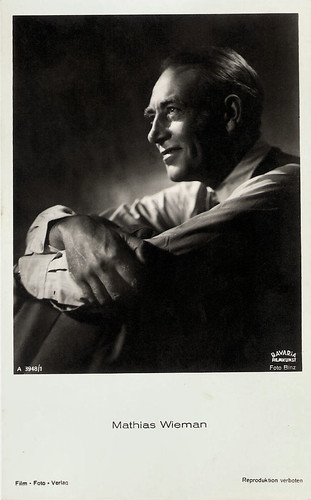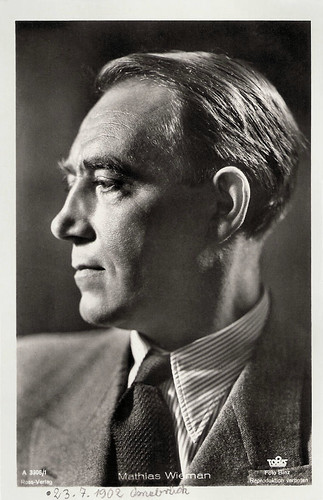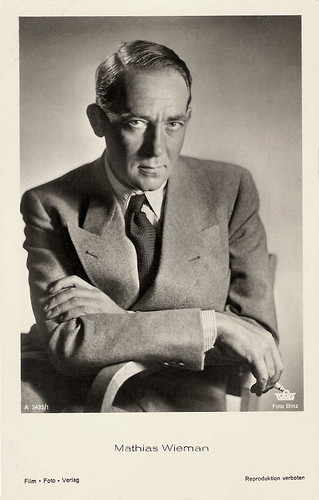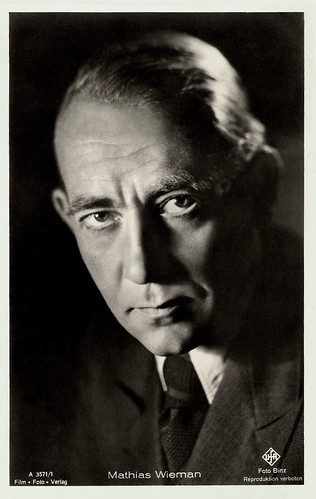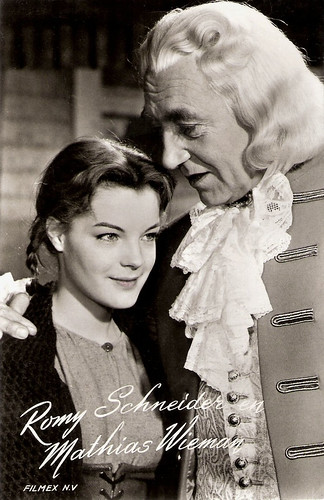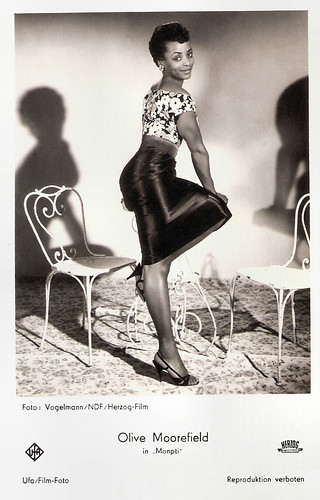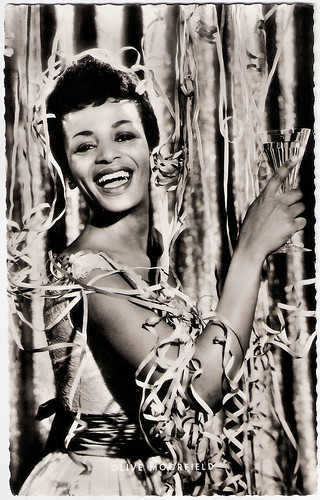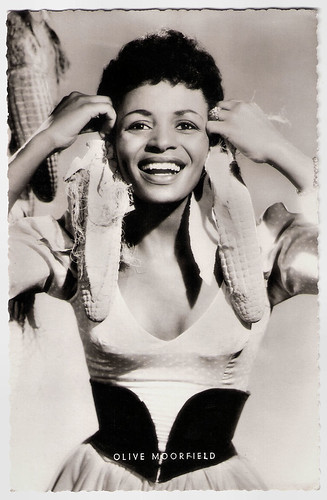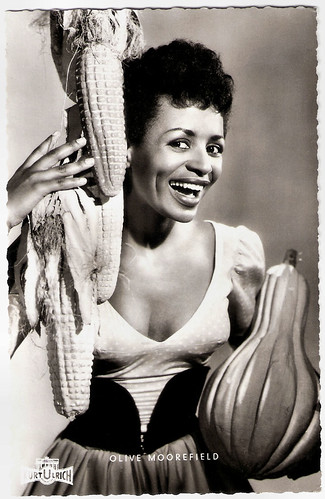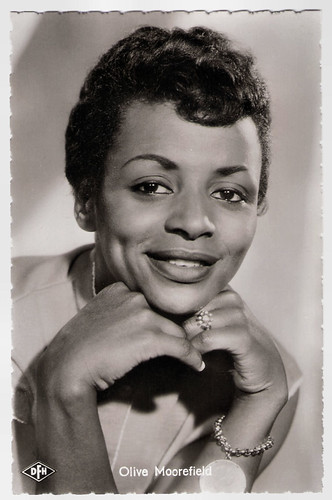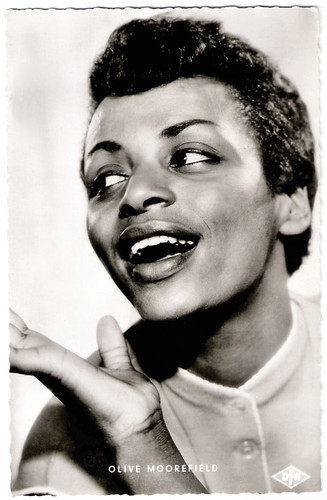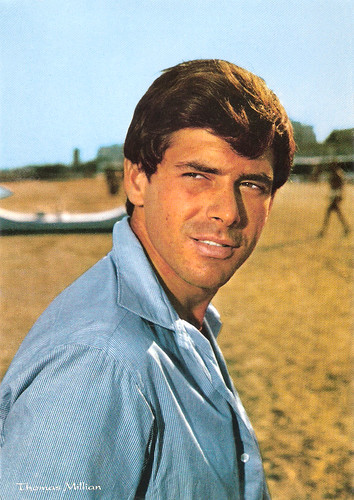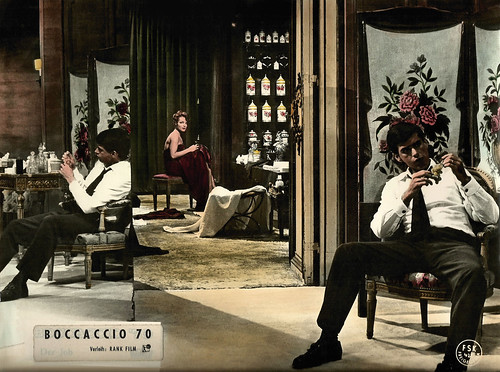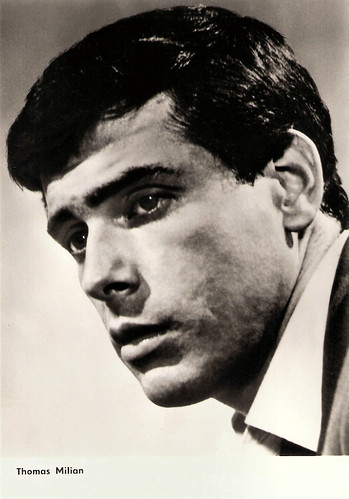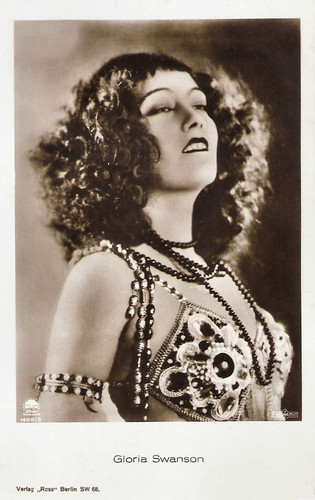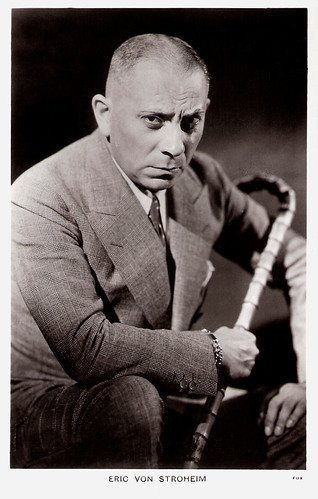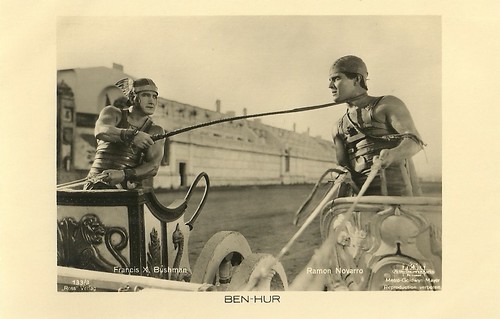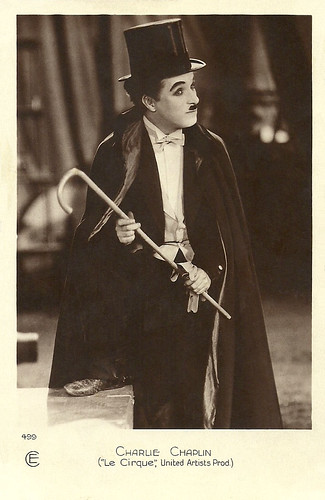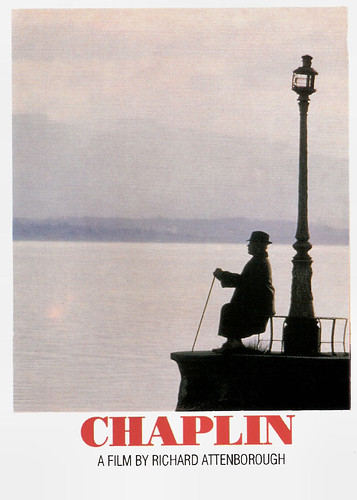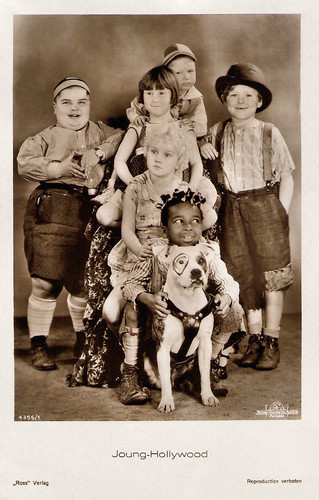On 28 March 2017, German actress Christine Kaufmann passed away. At only seven, she made her film debut in an adaptation of Im weißen Rößl/The White Horse Inn (1952). As an adult, Kaufmann moved to Hollywood and married Tony Curtis. Later she appeared in films by Werner Schroeter and Rainer Werner Fassbinder and became 'Germany's most beautiful grandmother'. Christine Kaufmann was 72.
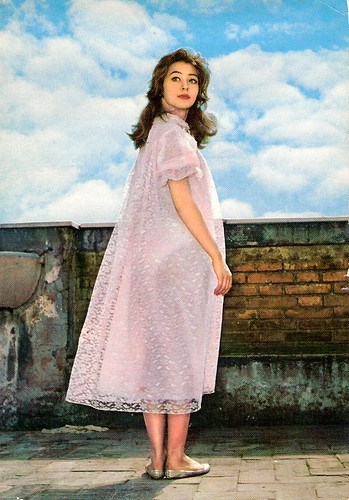
German postcard by Krüger, no. 902/60.
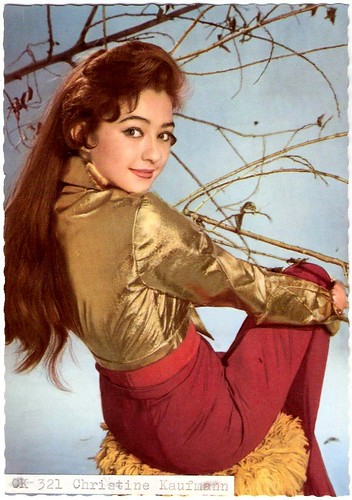
German postcard by Ufa, Berlin-Tempelhof, no. CK-321. Photo: Klaus Collignon / Ufa.
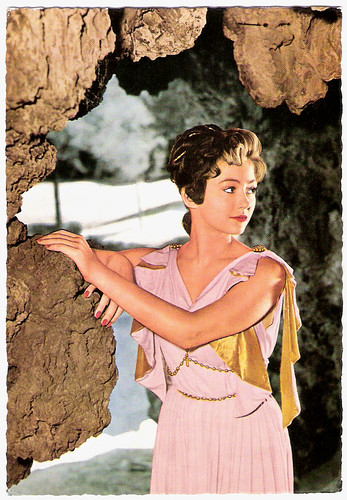
German postcard by WS-Druck, Wanne-Eickel, no. F 157.
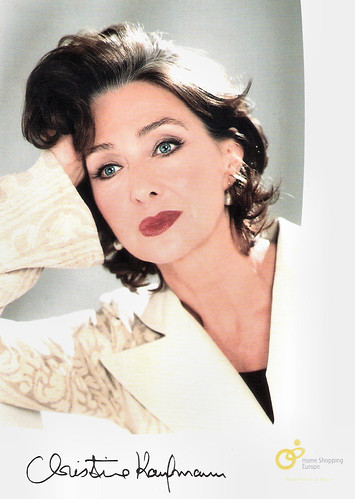
German autograph card by Home Shopping Europe.
Christine Maria Kaufmann was born in Lengdorf, Styria in what is now Austria, in 1945. Her father was a German Luftwaffe officer and her mother was a French doctor who gave up her practice to help further Christine's career. She grew up in München (Munich) and trained as a ballerina at the Staatstheater am Gärtnerplatz and later at the Staatsopernballett (Munich Opera). She started her film career at the age of seven with a small role in the musical Im weißen Rößl/White Horse Inn (Willi Forst, 1952).
The film which brought her fame was Rosen-Resli/Rose-Girl Resli (Harald Reinl, 1954) when she was only nine. The film was a gigantic success in post-war Germany and she moved millions of Germans to tears Soon she appeared in such films as Der schweigende Engel/The Silent Angel (Harald Reinl, 1954), Wenn die Alpenrosen blüh'n/When the Alpine Roses Bloom (Hans Deppe, Richard Häussler, 1955) with Hertha Feiler, and Ein Herz schlägt für Erika/A Heart Beats for Erika (Harald Reinl, 1956) with Grethe Weiser.
She gained international recognition when she played alongside Carla Gravina in Primo Amore/First Love (Mario Camerini, 1958), and with Steve Reeves in the Peplum Gli ultimi giorni di Pompei/The Last Days of Pompeii (Mario Bonnard, Sergio Leone, 1959).
Christine Kaufmann co-starred with Kirk Douglas in Town Without Pity (Gottfried Reinhardt, 1961). She won the Golden Globe that year as the Most Promising Newcomer for her role. The press of the period was less concerned with Kaufmann's histrionic skills than with the revealing bikini which she wore in her early scenes.
That year she also appeared opposite Gert Fröbe in the interesting thriller Via Mala (Paul May, 1961), and with Jean-Paul Belmondo in Un nommé La Rocca/A Man Names Rocca (Jean Becker, 1961). The following year she appeared in the uneven escape film Escape from East Berlin (Robert Siodmak, 1962) opposite Don Murray, but she turned down the title role of Lolita (Stanley Kubrick, 1962) which went to Sue Lyon.
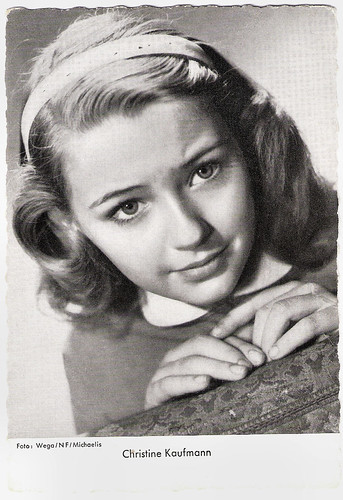
German postcard by WS-Druck, Wanne-Eickel. Photo: Wego / NF/ Michaelis. Publicity still for Ein Herz schlägt für Erika/A Heart beats for Erika (Harald Reinl, 1956).
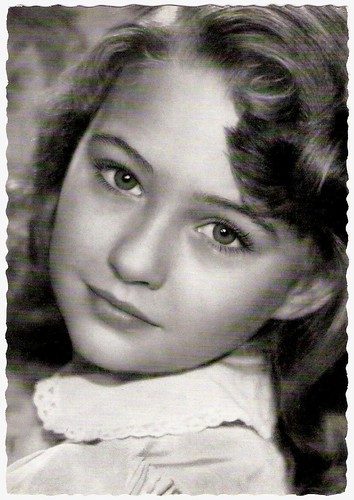
German postcard by Filmbilder-Vertrieb Ernst Freihoff, Essen. Retail price: 10 Pfg. Photo: Lantin / Panorama Film.
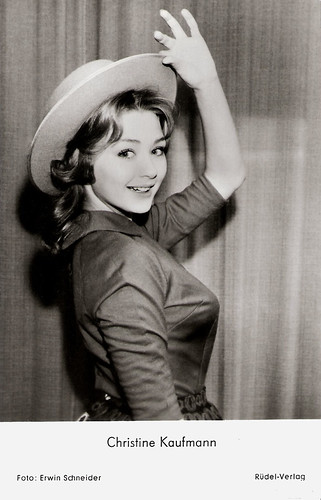
German postcard by Rüdel-Verlag, Hamburg-Bergedorf, no. 2986. Photo: Erwin Schneider.
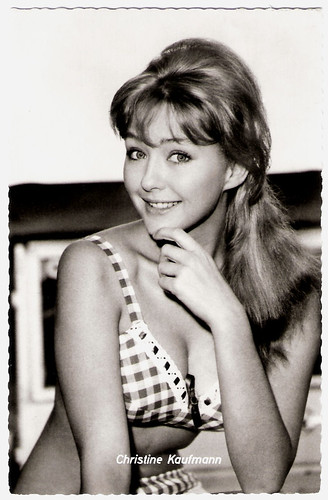
German postcard by Kolibri-Verlag, Minden/Westf., no. 1436.
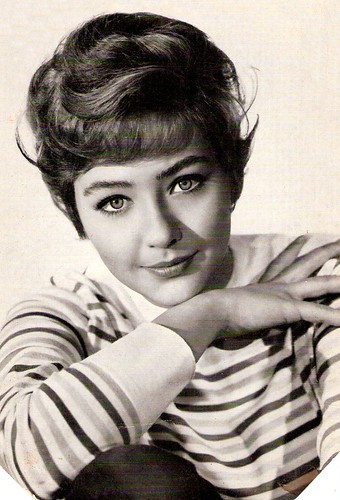
German postcard, no. 10. Photo: Melodie.
Christine Kaufmann was 17 when she met Tony Curtis on the set of the big-budget epic Taras Bulba (J. Lee Thompson, 1962) in Argentina. Curtis divorced his wife Janet Leigh and married Kaufmann in 1963. They appeared together in the frothy Universal comedy Wild and Wonderful (Michael Anderson, 1964). She briefly retired from films to give birth to two daughters, Alexandra (1964) and Allegra (1966). The pair divorced in 1968.
Kaufmann resumed her career in Germany, which she had interrupted during her marriage. The TV mini-series Wie ein Blitz/Like A Flash (Rolf von Sydow, 1960) became a huge success. On TV she also appeared in Krimis like Der Kommissar (1972) and Derrick (1977).
For the cinema, she often worked with director Werner Schroeter and his star Magdalena Montezuma in such films as Der Tod der Maria Malibran/The Death of Maria Malibran (1971), Willow Springs (1973), Goldflocken/Gold Flakes (1976) and Tag der Idioten/Day of the Idiots (1981) with Carole Bouquet. She also acted in several films by Rainer Werner Fassbinder like the TV film Welt am Draht/World on Wire (1973), Lili Marleen (1981) and Lola (1981).
Other international films were the Giallo Enigma rosso/Virgin Killer (Alberto Negrin, 1978) with Fabio Testi, the cult favourite Bagdad Café/Out of Rosenheim (Percy Adlon, 1987), and the comedy Haider lebt - 1. April 2021/Haider Lives - 1 April 2021 (Peter Kern, 2002). In 1995, after posing nude for Playboy Magazine at the age of 54, she was nicknamed 'Germany's most beautiful grandmother'. In later years, Christine Kaufmann regularly appeared in TV series and also had her own line of cosmetics. She wrote several books about beauty and health, as well as two autobiographies.
Christine Kaufmann died on 28 March 2017 in Munich, Germany from leukaemia. She was 72. After her marriage to Tony Curtis, Kaufmann was married to Kaufmann married the television director Achim Lenz (1974-76), musician and actor Reno Eckstein (1979-1982) and illustrator Klaus Zey (1997-2011).
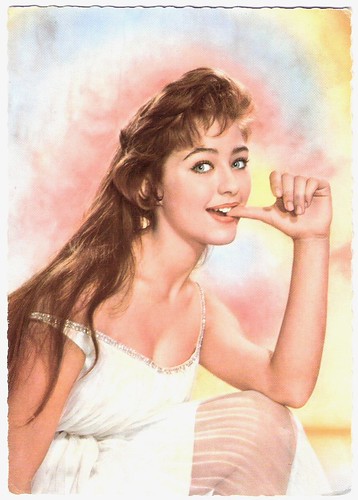
German postcard by Universum-Film Aktiengesellschaft (Ufa), Berlin-Tempelhof, no. CK 302. Photo: Klaus Collignon / Ufa.
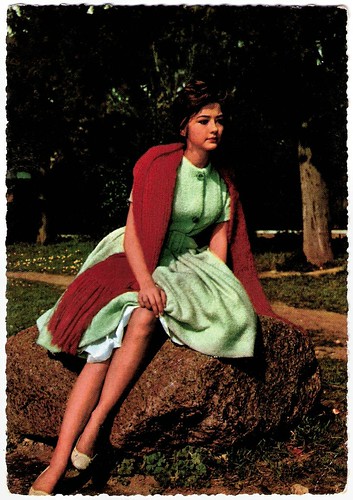
German postcard by Krüger, no. 902/61.

Cover page of an Austrian film programme by Neues Film-Programm, no. 1788. Steve Reeves and Christine Kaufmann in Gli ultimi giorni di Pompei/The Last Days of Pompeii (Mario Bonnard, 1959).
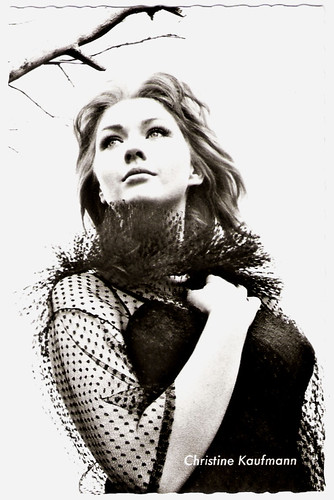
German postcard by Starpostkarten-Vertrieb Ernst Freihoff, Essen, no. 1013. Photo: Lothar Winkler.
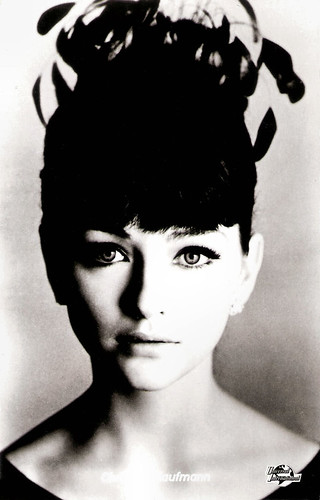
German postcard by Kolibri Fotokarte, Minden/Westf., no. 2396. Photo: Universal. Publicity still for Monsieur Cognac/Wild and Wonderful (Michael Anderson, 1964).
Scene of Taras Bulba (1962). Source: GSMovieMoments (YouTube).
Sources: Hal Erickson (AllMovie - Page now defunct), IMDb and Wikipedia.
This post was last updated on 7 December 2024.

German postcard by Krüger, no. 902/60.

German postcard by Ufa, Berlin-Tempelhof, no. CK-321. Photo: Klaus Collignon / Ufa.

German postcard by WS-Druck, Wanne-Eickel, no. F 157.

German autograph card by Home Shopping Europe.
Lolita
Christine Maria Kaufmann was born in Lengdorf, Styria in what is now Austria, in 1945. Her father was a German Luftwaffe officer and her mother was a French doctor who gave up her practice to help further Christine's career. She grew up in München (Munich) and trained as a ballerina at the Staatstheater am Gärtnerplatz and later at the Staatsopernballett (Munich Opera). She started her film career at the age of seven with a small role in the musical Im weißen Rößl/White Horse Inn (Willi Forst, 1952).
The film which brought her fame was Rosen-Resli/Rose-Girl Resli (Harald Reinl, 1954) when she was only nine. The film was a gigantic success in post-war Germany and she moved millions of Germans to tears Soon she appeared in such films as Der schweigende Engel/The Silent Angel (Harald Reinl, 1954), Wenn die Alpenrosen blüh'n/When the Alpine Roses Bloom (Hans Deppe, Richard Häussler, 1955) with Hertha Feiler, and Ein Herz schlägt für Erika/A Heart Beats for Erika (Harald Reinl, 1956) with Grethe Weiser.
She gained international recognition when she played alongside Carla Gravina in Primo Amore/First Love (Mario Camerini, 1958), and with Steve Reeves in the Peplum Gli ultimi giorni di Pompei/The Last Days of Pompeii (Mario Bonnard, Sergio Leone, 1959).
Christine Kaufmann co-starred with Kirk Douglas in Town Without Pity (Gottfried Reinhardt, 1961). She won the Golden Globe that year as the Most Promising Newcomer for her role. The press of the period was less concerned with Kaufmann's histrionic skills than with the revealing bikini which she wore in her early scenes.
That year she also appeared opposite Gert Fröbe in the interesting thriller Via Mala (Paul May, 1961), and with Jean-Paul Belmondo in Un nommé La Rocca/A Man Names Rocca (Jean Becker, 1961). The following year she appeared in the uneven escape film Escape from East Berlin (Robert Siodmak, 1962) opposite Don Murray, but she turned down the title role of Lolita (Stanley Kubrick, 1962) which went to Sue Lyon.

German postcard by WS-Druck, Wanne-Eickel. Photo: Wego / NF/ Michaelis. Publicity still for Ein Herz schlägt für Erika/A Heart beats for Erika (Harald Reinl, 1956).

German postcard by Filmbilder-Vertrieb Ernst Freihoff, Essen. Retail price: 10 Pfg. Photo: Lantin / Panorama Film.

German postcard by Rüdel-Verlag, Hamburg-Bergedorf, no. 2986. Photo: Erwin Schneider.

German postcard by Kolibri-Verlag, Minden/Westf., no. 1436.

German postcard, no. 10. Photo: Melodie.
Beauty
Christine Kaufmann was 17 when she met Tony Curtis on the set of the big-budget epic Taras Bulba (J. Lee Thompson, 1962) in Argentina. Curtis divorced his wife Janet Leigh and married Kaufmann in 1963. They appeared together in the frothy Universal comedy Wild and Wonderful (Michael Anderson, 1964). She briefly retired from films to give birth to two daughters, Alexandra (1964) and Allegra (1966). The pair divorced in 1968.
Kaufmann resumed her career in Germany, which she had interrupted during her marriage. The TV mini-series Wie ein Blitz/Like A Flash (Rolf von Sydow, 1960) became a huge success. On TV she also appeared in Krimis like Der Kommissar (1972) and Derrick (1977).
For the cinema, she often worked with director Werner Schroeter and his star Magdalena Montezuma in such films as Der Tod der Maria Malibran/The Death of Maria Malibran (1971), Willow Springs (1973), Goldflocken/Gold Flakes (1976) and Tag der Idioten/Day of the Idiots (1981) with Carole Bouquet. She also acted in several films by Rainer Werner Fassbinder like the TV film Welt am Draht/World on Wire (1973), Lili Marleen (1981) and Lola (1981).
Other international films were the Giallo Enigma rosso/Virgin Killer (Alberto Negrin, 1978) with Fabio Testi, the cult favourite Bagdad Café/Out of Rosenheim (Percy Adlon, 1987), and the comedy Haider lebt - 1. April 2021/Haider Lives - 1 April 2021 (Peter Kern, 2002). In 1995, after posing nude for Playboy Magazine at the age of 54, she was nicknamed 'Germany's most beautiful grandmother'. In later years, Christine Kaufmann regularly appeared in TV series and also had her own line of cosmetics. She wrote several books about beauty and health, as well as two autobiographies.
Christine Kaufmann died on 28 March 2017 in Munich, Germany from leukaemia. She was 72. After her marriage to Tony Curtis, Kaufmann was married to Kaufmann married the television director Achim Lenz (1974-76), musician and actor Reno Eckstein (1979-1982) and illustrator Klaus Zey (1997-2011).

German postcard by Universum-Film Aktiengesellschaft (Ufa), Berlin-Tempelhof, no. CK 302. Photo: Klaus Collignon / Ufa.

German postcard by Krüger, no. 902/61.

Cover page of an Austrian film programme by Neues Film-Programm, no. 1788. Steve Reeves and Christine Kaufmann in Gli ultimi giorni di Pompei/The Last Days of Pompeii (Mario Bonnard, 1959).

German postcard by Starpostkarten-Vertrieb Ernst Freihoff, Essen, no. 1013. Photo: Lothar Winkler.

German postcard by Kolibri Fotokarte, Minden/Westf., no. 2396. Photo: Universal. Publicity still for Monsieur Cognac/Wild and Wonderful (Michael Anderson, 1964).
Scene of Taras Bulba (1962). Source: GSMovieMoments (YouTube).
Sources: Hal Erickson (AllMovie - Page now defunct), IMDb and Wikipedia.
This post was last updated on 7 December 2024.
